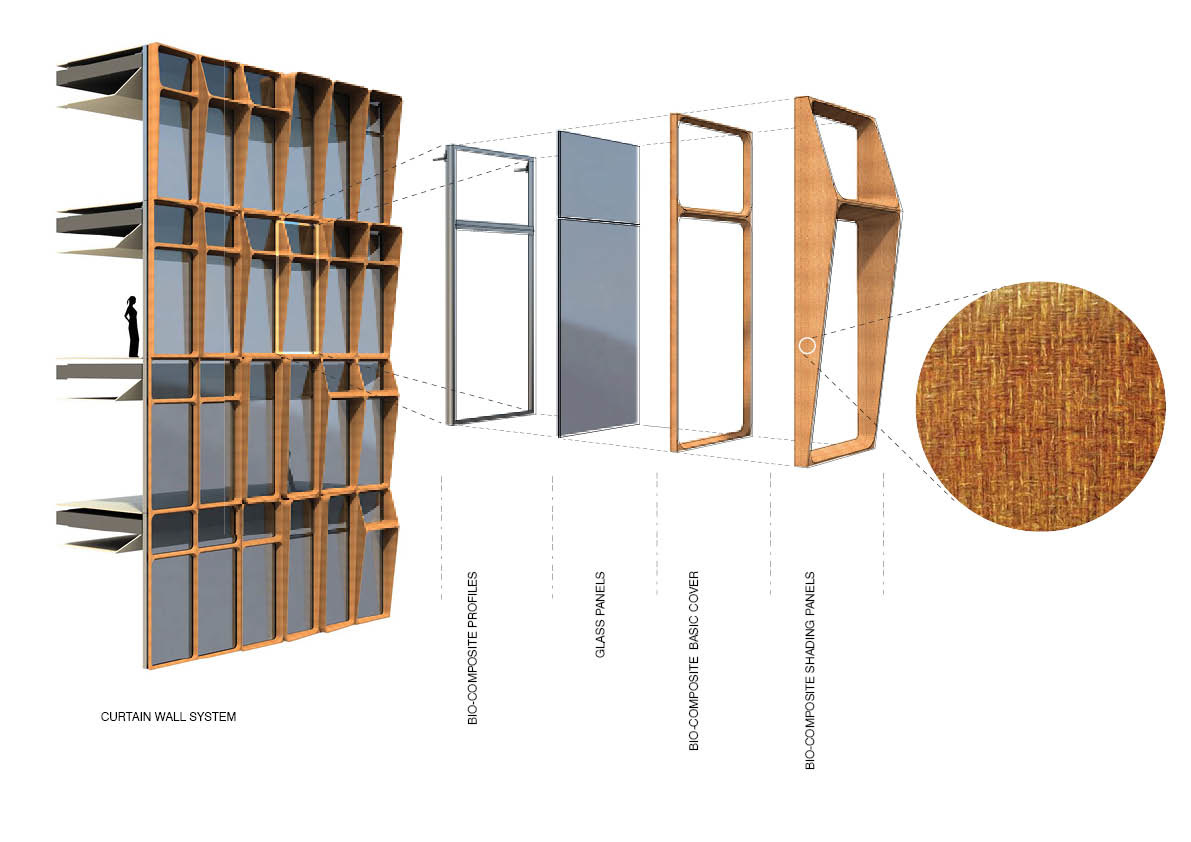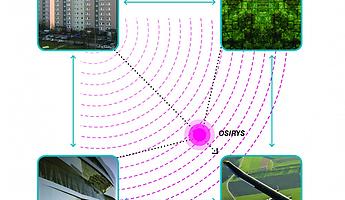

Eco-Innovative Prototypes: Collaboration with OSIRYS, Part 1

Indoor air quality and emissions from building materials have been over the last decades a major challenge for scientists, industry and consumers. In fact construction materials have a key role in improving or worsening indoor air quality. Nowadays traditional construction materials contribute to contaminants such as VOCs, formaldehyde, particulates and fibres. However, new eco-innovative building materials are able to provide a healthier indoor environment both by substituting source of contamination and by elimination of contaminants arising from other indoor sources.
The OSIRYS proposal develops a holistic solution for facades and interior partitions, ready to be applied in building retrofitting and new construction by means of the development of forest based biocomposites with different functionalities able to meet the strictest requisites of the Technical Building Code and improve indoor air quality by VOC and microorganisms elimination, increase thermal and acoustic insulation and control breathability of the construction systems.
Taking biocomposites and biobased resources as a basis, we will develop six elements of a modular multilayer envelope: a light foam panel to increase thermal and acoustic insulation and allow breathability of the system to avoid mould generation (preventing excessive humidity) and sick building syndrome generated by an excessive impermeability; a multifunctional layer with photocatalytic active agents active in the visible region able to remove VOCs and destroy mould indoors; cork-based panel with improved fire and fungi performance to increase acoustic and thermal insulation properties over standard values; fire resistant panel to meet the strictest fire requirements of the European building standards; profiles not affected by corrosion and able to avoid thermal bridges to increase energy-efficiency and durability; and weather-resistant outdoor panels.
Both thermoset epoxy resin based in forest wastes and thermoplastic lignin-base polymer will be reinforced with natural fibres such as wood, flax and hemp for the development of biocomposites. Besides, cork granules obtained as by product will be used for insulation performance. Special attention will be put on additives, especially fire retardants, to meet cost/processability/performance ratio. However, it is expected that biomass feedstock in each building element will be greater than 75%, which allows to reduce embodied energy on building materials by more than 25%. Several research activities will be carried out: development and testing of the new eco-innovative materials; design and engineering to ensure the technical viability, aesthetical aspect and ease to incorporate the system in building retrofit actions; life cycle assessment; evaluation of the reuse and recycling; study on the adequateness to the requirements of the Technical Building Code; demonstration of the usefulness of the final system by applying, besides in a test building at coordinator’s facilities, in two new buildings in both the south and north of Europe (Spain and Sweden) to test in two different climates.
The OSIRYS consortium comprises a partnership between UNStudio, Tecnalia, Acciona, VTT, Fraunhofer, AIMPLAS, IVL, Townhall of Malmo, Tecnaro, Netcomposites, Omikron, Plastil, Amorim Cork Composites, Enar, Bergamo Tecnologie, Visesa, Sicc, and Collanti Concorde.
UNStudio Team: Ger Gijzen, Rob Henderson, Filippo Lodi
